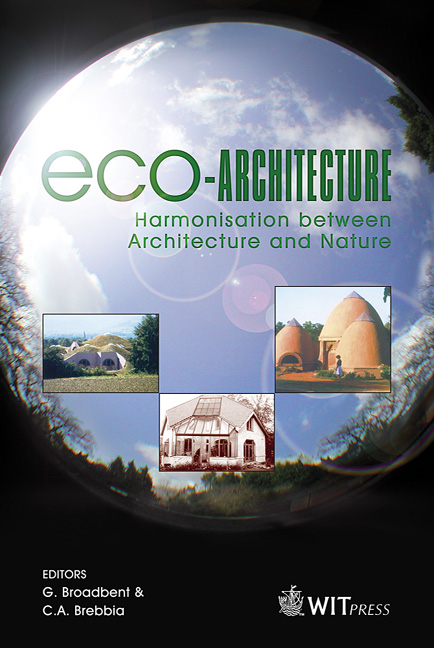Natural Materiality – The People’s Choice
Price
Free (open access)
Transaction
Volume
86
Pages
10
Published
2006
Size
278 kb
Paper DOI
10.2495/ARC060261
Copyright
WIT Press
Author(s)
F. Stevenson
Abstract
Despite the variety of toolkits, life cycle analysis, models, and other forms of guidance on sustainable resource use in architecture, the amount of energy used and waste created in the industry is going up on a global basis. The conventional approach to promoting sustainable specification clearly isn’t working. This paper offers a new approach based on a recent qualitative case study of people’s attitudes, associations and understanding of key construction materials in housing. The findings suggest that people have a deep tacit knowledge of materiality which draws on the ecological \“affordances” offered by materials and are very clear about which materials they want, where, and why. These affordances, identified in Gibson’s theory of ecological perception, transcend the usual subject/object divide and challenge designers to do likewise. This tacit knowledge appears uniquely related to people’s place of upbringing as well as their occupation. It supports the notion that a bioregional approach should be adopted for material and product specification which empowers users to take more responsibility for the materiality of the buildings they live and work in. The emotional \“endearment” of materiality in architecture to the users is argued as a key factor in potentially reducing maintenance costs and subsequent resource impacts. Currently, architecture is conceived primarily as the design of space using construction resources. Reframing architecture as the design of resource use in place, draws on users’ local knowledge and an implaced, more natural materiality. Design and research are thus challenged to focus on a more limited palette of materials, based on the findings of the study, and work to the edge of technology in developing building elements related to these. This way of working can then be closely linked into the eco-systemic processes which underlie any sustainable design endeavour that aims to harmonise with nature. Keywords: materiality, sustainable resource use, construction materials, ecology, tacit knowledge, place, architecture.
Keywords
materiality, sustainable resource use, construction materials, ecology, tacit knowledge, place, architecture.





